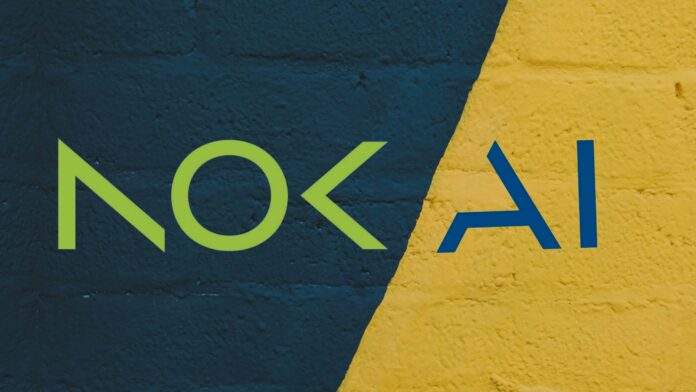Nokia has licensed Juniper’s RAN Intelligent Controller (RIC) technology from HPE and absorbed its 45-person development team, enhancing its MantaRay SMO platform with AI-powered automation for multi-vendor 5G and open RAN networks.
In sum – what to know:
AI assets – licensing deal gives Nokia access to Juniper’s RIC IP and engineers, not a full acquisition.
HPE extras – the move follows HPE’s $14bn Juniper takeover and related regulatory conditions.
6G prep – integration strengthens Nokia’s AI-driven RAN automation and prepares it for 6G evolution.
Interesting from Nokia; a little late from RCR – as everyone has reported, the Finnish vendor has agreed a deal with HPE to “gain access” to its RAN Intelligent Controller (RIC) assets, housed within its newly-acquired Juniper Networks business, together with its associated RIC development team. The arrangement has been reported as an acquisition, in some places, but is in fact a licensing deal for the intellectual property (IP) itself; the engineering knowhow, in the form of 45 staff, have transferred to Nokia, and will take up position in its ‘mobile networks’ business.
The ink has only just dried on HPE’s acquisition drawn-out purchase of Juniper Networks, which combines the second- and third-largest enterprise wireless local-area network (LAN) vendors. Regulatory approvals for the $14 billion deal were sealed on both sides of the Atlantic in August; the Department of Justice (DoJ), in particular, had played hard ball, and in the end stipulated a certain conditions including the sale of its Instant On line of enterprise Wi-Fi hardware, licensing of its Mist AI source code to competitors, plus licensing of other software to competitors.
It looks like the RIC arrangement with Nokia, within the 180-day mark set down by the DoJ, is a consequence of those terms. One way or another, Juniper’s RIC platform, originally geared for the open RAN market, has been jettisoned by its new parent, effectively, and Nokia, playing catch-up with Ericsson for RIC componentry in open RAN systems, has stepped in – and given it a new home, under Tommi Uitto, president of mobile networks at the firm. Nokia will integrate it with its MantaRay service management and orchestration (SMO) platform for RAN automation.
Because the RIC mechanism is not just about orchestration, of course; it provides the intelligence layer for network-based AI. Essentially, it turns raw network telemetry into actionable insights – for predictive maintenance, dynamic resource allocation, and zero-touch operations. By integrating it into MantaRay, Nokia can make better use of RAN data to drive AI for optimization, automation, and decision-making across multi-vendor 5G and open RAN networks, and also prepare for the 6G era.
The MantaRay is already capable of achieving level-four autonomy, per TM Forum’s rating for autonomous networks. It is fully open RAN compliant and supports open R1 interface for RAN applications (rApps), the software modules that run on the non–real-time RAN Intelligent Controller (RIC). Uitto said the deal will “further strengthen” Nokia’s MantaRay SMO portfolio. “Customers… will benefit from the enhanced capabilities of Nokia’s AI-driven automation, orchestration and open ecosystems, enabling them to manage multi-vendor networks more efficiently and prepare for the transition from 5G to 6G.”

